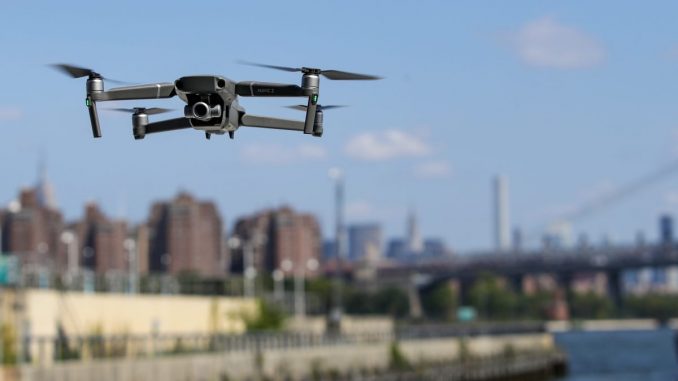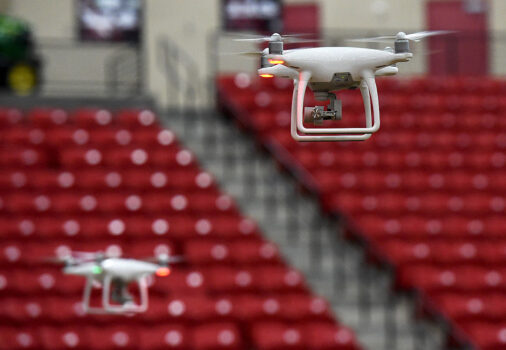
China-made drones deployed by New Zealand police potentially are potential backdoors for Beijing’s surveillance efforts, according to a recent report.
New Zealand’s police force currently carries a fleet of 26 drones, which are used for photographing crime scenes, traffic accidents, and surveillance.
The company behind the drones is Da Jiang Innovations (DJI), a Chinese technology firm that accounts for 70 percent of the world’s drone market.
In 2017, the U.S. armed forces issued warnings to discourage the use of DJI products, while the Australian and New Zealand Defence Forces have adopted similar precautions.
The Remotely Piloted Aircraft Systems Proof of Concept—Evaluation Report, released under the Official Information Act (OIA) in NZ, found that “An internet-connected [drone] could send data to a server located in China, and firmware updates could compromise the integrity of the [drone] and any police systems to which it is connected.”

However, the 96-page report said these risks could be addressed and encouraged the police force to triple the size of its drone fleet from 26 to 72.
It also recommended the purchase of more data-secure drones and smaller drones that could be made available to every patrol car.
Andrew Shelley, a drone expert who reviewed safety concerns surrounding DJI products, told RNZ that much of the information gathered would be stored on servers hosted by Chinese tech giant Alibaba.
“It’s hard to tell whether this is intentional or whether it’s just an unintentional by-product of how the software has been developed,” he added.
“If the risks are controlled, certainly those benefits outweigh the risks.”

Shelley recommended the drones be used in Local Data Mode and not be connected to the internet.
Chinese technology has come under the microscope in recent years over concerns it could be a backdoor for the Chinese Communist Party’s (CCP) surveillance efforts.
In 2017, the People’s Liberation Army (PLA) formally codified its Civil-Military Fusion doctrine. The doctrine allows the PLA to repurpose civilian technology and research for military use.
One notable incident was the 2014 acquisition by Beijing Automobile Industry Company (BAIC), of a 50 percent stake in NZ aircraft manufacturer Pacific Aerospace.
The company’s flagship drone cargo plane (the P-750-XSTOL) was subsequently adopted and flown in China under a different moniker (the AT-200) and has reportedly been adapted for “counter-insurgency and light attack” purposes.
Further, in 2017, the Chinese regime rolled out the National Intelligence Law, forcing China-based companies to share data with the CCP if requested.
This law has sparked concerns over Chinese social media apps and where user data is being stored. Companies like TikTok, WeChat, and Zoom have faced intense scrutiny over their security measures as a result.





Be the first to comment